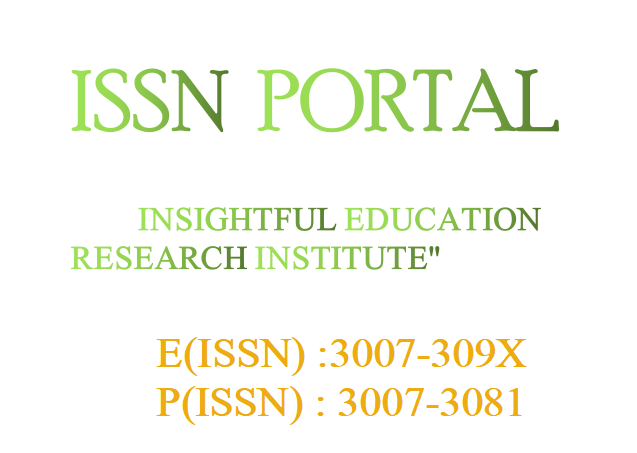PREVALENCE AND ANTIMICROBIAL RESISTANCE OF STAPHYLOCOCCUS AUREUS AND ESCHERICHIA COLI ISOLATED FROM BOVINE MASTITIS CASES IN SOUTHERN PUNJAB, PAKISTAN.
DOI:
https://doi.org/10.62019/4e269r10Keywords:
Bovine mastitis, S. aureus, E. coli, antimicrobial resistance, subclinical mastitisAbstract
Background: Mastitis in dairy cattle is a common health issue with major economic impacts across the global dairy industry. In Pakistan, limited regional data and the overuse of antibiotics have contributed to rising cases of antimicrobial-resistant pathogens in mastitic infections.
Objective: The objective of this research was to assess how frequently Staphylococcus aureus and Escherichia coli occur in mastitis-infected dairy cattle in the Muzaffargarh district, with particular emphasis on analyzing their resistance to antibiotics.
Methods: Milk samples (n = 100) were obtained from cows exhibiting clinical symptoms of mastitis across four tehsils in the Muzaffargarh district. The Surf Field Mastitis Test (SFMT) was used to screen these samples. Those testing positive were inoculated on selective culture media, and bacterial strains were identified through standard biochemical procedures. Antibiotic resistance was evaluated using the Kirby-Bauer disk diffusion technique by CLSI standards.
Results: Out of the 100 milk samples, 98% were positive for subclinical mastitis. S. aureus was the most frequently isolated pathogen (70.56%), followed by E. coli (23.52%). Alarmingly, 97.22% of S. aureus isolates were resistant to methicillin, while 83.33% of E. coli isolates exhibited resistance to gentamycin. Conversely, sulfonamides, tigecycline, chloramphenicol, and streptomycin showed higher efficacy.
Conclusion: The widespread occurrence of subclinical mastitis, along with the rise of multidrug-resistant S. aureus and E. coli strains, presents a significant threat to both animal health and public safety. These findings emphasize the importance of implementing targeted antibiotic management, routine microbial monitoring, and enhanced sanitation measures on local dairy farms.







